William Pryor Letchworth: Part 2
"Aim to do all possible good in the world" (Rules of Conduct, William Pryor Letchworth)
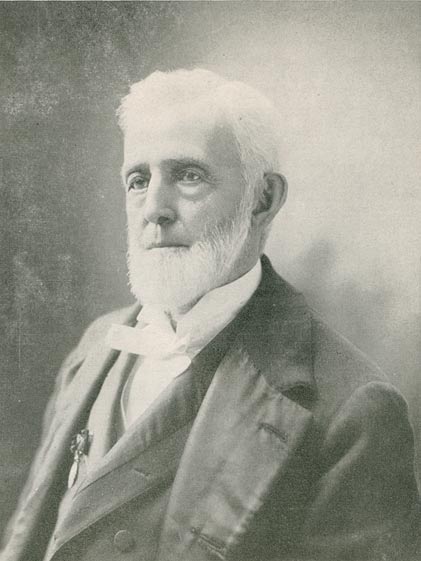
Letchworth in later years. Image source: Larned biography
At age 50, early in 1873, William P. Letchworth retired from Pratt & Letchworth. Shortly thereafter he was asked to become a commissioner of the New York State Board of Charities. In 1875, at his own expense, he toured every orphan asylum, poor-house, city alms houses, and juvenile reformatories; their total population of children was 17,791.
During his 25 years on the Board, Letchworth served as president for 10. He championed children's rights during these years, approaching problems with the same careful study and persistent effort that made him a success in business. He traveled to Europe to survey new treatments and humane methods of assisting the mentally ill and epileptic. The Craig Colony for Epileptics at Sonyea was realization of his ideas for the humane treatment of epileptics. In 1909, a facility to be constructed for epileptics in Rockland County was named, by the NYS legislature, Letchworth Village, in honor of his work.
He wrote two books, "The Insane in Foreign Countries" and "Care and Treatment of Epileptics." In 1893, the University of the State of New York awarded him an L.L.D. degree for his work with the State Board of Charities and his publications.
By 1898, the threat of a hydroelectric dam upstream from Glen Iris changed Letchworth's original plan to leave his estate to Wyoming County for an orphanage. Instead, he lobbied unceasingly against the destruction of the gorge he had restored. In 1906, working with the American Scenic and Historic Preservation Society, he deeded 1,000 acres to New York State for a public park, saving for future generations what the Indians called Jenisheu, "the beautiful valley."
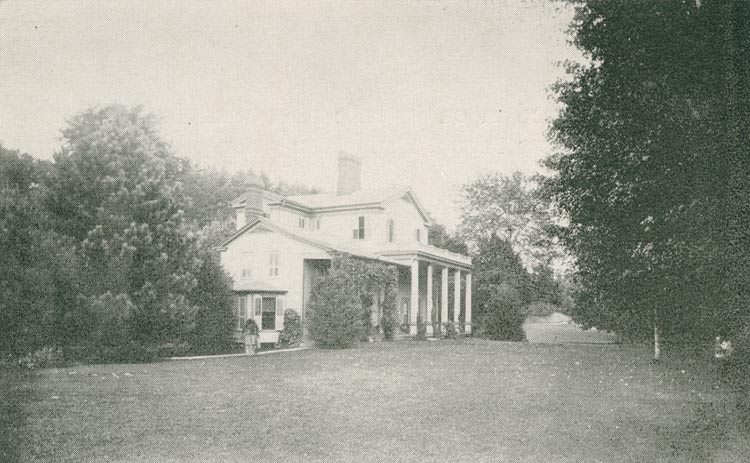
The Glen Iris c. 1880 Image source: Sketch of William Pryor Letchworth and Glen Iris
Letchworth invited friends to visit Glen Iris during his first decades there, prior to his full-time work with the State Board of Charities. Many friends planted memorial trees on his grounds. The Glen Iris estate became a tourist attraction. Letchworth was not averse to visits by the general public; he had benches and shelters installed on the grounds and roads he had laid out. Articles in magazines spread the word of the beauty of the Glen Iris and the generosity of the owner who permitted visitors. At times, the crush of visitors resulted in trampled lawns and flower beds; strangers at times peered into the dining room during family meals. Railroads ran weekend excursion trains of sightseers.
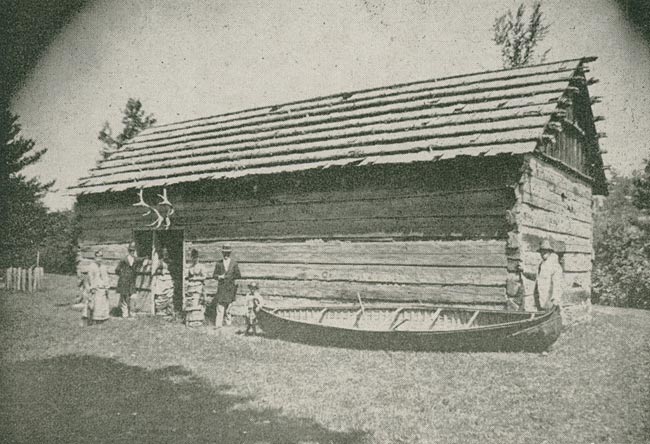
The Council House after installation on the Letchworth grounds. Image source: Sketch of William Pryor Letchworth and Glen Iris
Letchworth found Native American artifacts on his property which inspired him to learn more about the Senecas who had lived there before him. The Seneca council house at nearby Canadea, possibly from the Revoluntionary period, was still standing in 1871. He purchased it and had it moved to a spot on his estate that he called the Council Grounds. He invited the Senecas and Mohawks to hold a council fire in the building in 1872, which became known as the Last Council on the Genesee. Nineteen members attended from both tribes, costumed in native garb. Shortly after this the Wolf Clan of the Senecas adopted him and gave him the name Hai-wa-ye-is-teh, "man who always does right."
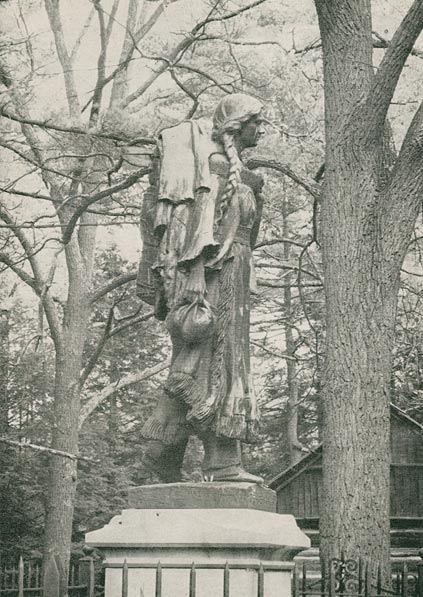
Statue of Mary Jemison on the Council House grounds. Image source: Sketch of William Pryor Letchworth and Glen Iris
William Letchworth knew that Mary Jemison had spent over 50 years living on the Gardeau Tract and had once owned most of the land in his estate. He read the James Seaver biography of her and purchased the printing plates for the book, reissuing editions in 1898 and 1910. He also moved a log cabin owned by daughter Nancy Jemison from Gardeau Tract to the Council Grounds. In 1874, at the family's request, he brought the remains of Mary Jemison from the Indian Burial Ground in Buffalo, a task made necessary by the construction of a new street across the cemetery in Buffalo. She was reinterred on the Council Grounds between the council house and the cabin.
After years of searching for a sculptor, Letchworth hired Henry K. Bush-Brown to create a statue of a young Mary Jemison as she must have appeared when she arrived at Gen-nis-he-yo. The statue was unveiled September 19, 1910 on the Council Grounds. It marked the last public appearance of William Pryor Letchworth; he died December 1, 1910, aged 87.
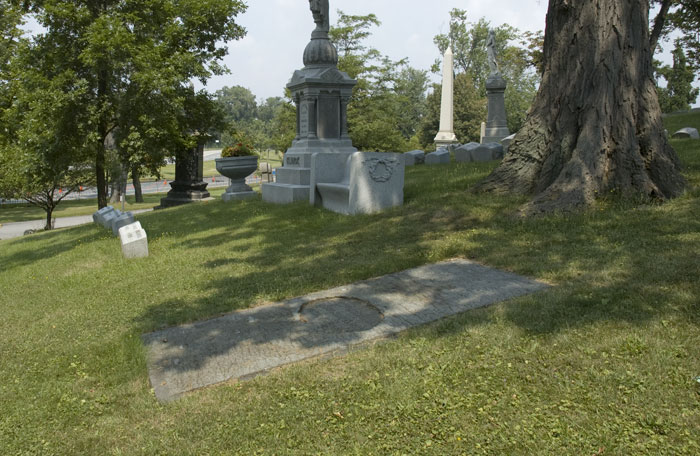
Grave of William Pryor Letchworth at Forest Lawn.
Sources for biographical information on William Pryor Letchworth included
"The Life and Work of William Pryor Letchworth," by Josephus N. Larned, 1912
"A Sketch of William Pryor Letchworth and Glen Iris," Sherman Peer, Genesee State Park Commission, 1956